The Village Québécois d’Antan was created in 1977 by Claude Verrier, a historian, at the request of the Chambre de commerce du comté de Drummond. The corporation’s objectives were to recreate a Quebec village and its surroundings over a century-long period (the nineteenth to the twentieth centuries) and showcase aspects of its heritage (habits and customs, trades, professions, folklore, clothing, means of transportation, methods of cultivation, food, etc.).
The Village is now offering activities in the summer, fall, winter, and spring. Nearly half a century after the beginning of this large-scale cultural project, the Village Québécois d’Antan is still thriving and offers a more diversified range of attractions and activities than ever before.
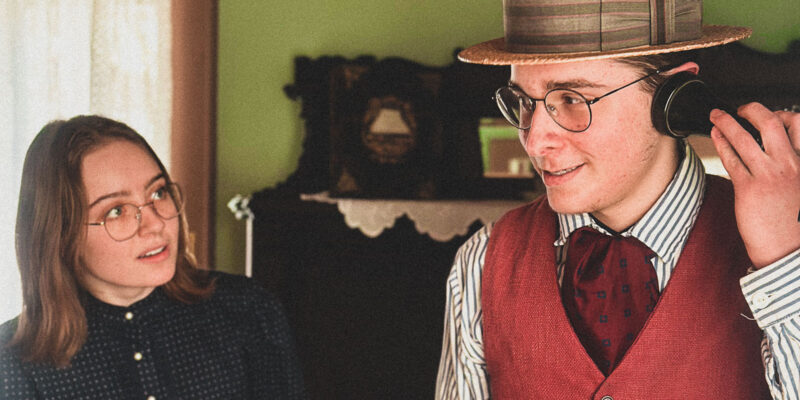
1970
THE BEGINNING OF A GREAT PROJECT
The Village’s history begins with the Trent Manor and its curator, Mr. Claude Verrier. Renovation works are undertaken to save this historic building, which is slowly falling apart. The restoration of the manor is the spark that gives birth to the Village project as we know it.
1974
A MANOR WORTH SAVING
The manor is restored to its original glory. Following the renovation of the estate, the Chambre de Commerce de Drummondville’s tourism committee and the Société historique de Drummondville join forces to rebuild the Domaine Trent with the help of the local population.
1975
A WELL-KEPT SECRET
During this year and part of the next, a team made up of Claude Verrier, André Allaire, René Blanchard, Gérald Fradet, Bruno Smith, and Jean Thibault work in secret to find buildings of interest to the project. Their choices focus on houses and buildings representing the predominant Quebec architectural styles of the nineteenth century.
1975
A PROVINCIAL PROJECT IS OFFICIALLY BORN
The Domaine Trent is open to the public. Given the quality of the restoration project and its relevance, Mr. Trudeau, deputy minister, supports the implementation of a provincial-scale project: the creation of a historic village to prevent the exodus of Quebec’s cultural heritage to the United States, the Upper Canada Village, or King’s Landing.
1976
SUPPORT THAT MADE THE DIFFERENCE
A 250-page presentation document for the historic village project is submitted to Minister Claude Simard in an effort to secure a two-million-dollar grant. Then at the end of December, Michel Clair, member of Parliament for Drummond, meets with the Chambre de Commerce to discuss the project and make the Village a top priority.
1977
GROUNDBREAKING ON AN ENCHANTING SITE
In June, the first funding grant is announced, and Rolland Hétu, René Bourassa, Paul Émile Courchesne, and Antonio Martel are hired as the first employees. The Village Québécois d’Antan will officially be established on a piece of land located near the parc des Voltigeurs, on the banks of the Saint-François River in Drummondville. The objective behind this project is to preserve and protect Quebec’s cultural heritage.
1978
ADDITION OF BUSINESSES AND FURNITURE
In addition to the relocated houses, sheds, schools, and barns, several replicas are built, namely, the Pelletier woodworking shop, the Saint-Fred church, the carpentry shop, the sawmill, and the cheese factory. Once the infrastructure of the village is in place, the Village team calls on the public to find period furniture, machinery, and other objects to furnish the houses and buildings.
1978
UNFORESEEN ENTHUSIASM
Families from the region donate homes built between 1810 and 1910, which the Village team previously identified during their hunt in 1976. These houses from the municipalities of Saint-Elphege, La Visitation, Saint-Zéphirin, Saint-Germain, Saint-David, Notre-du-Bon-Conseil, and Saint-Joachin-de-Courval are moved to the site near the Saint-Francois River by the carriers Turcotte, Gagné, and Lafrenière without the use of modern tools or machinery. During this phase, the participation of numerous partners—including the Ministère des Transports, Hydro-Québec, Télébec, Bell Canada, the Sûreté du Québec, and the municipalities themselves—is invaluable.
1979
THE HEART OF THE VILLAGE
Prior to the attraction’s public pre-opening, the first employees—including René Bourassa, Marcel Faucher, Jean-Paul Pelletier, Jean and Carmelle Gamelin, Dolorès Montmigny, Hélène Letendre, Gilles Benoit, and others—are trained for the Village’s historical animation aspect. Many of these employees are generous contributors who have donated ancestral homes, and some of them are assigned to guided tours of their own houses. In addition to these guides, the animation crew includes historians and real tradespeople such as woodworkers, saddlers, tinsmiths, shoemakers, carpenters, barbers, farmers, and craftswomen who ply the loom, use spinning wheels, and make quilts, hooked rugs, hats, soap, and candles. There are a few notable individuals as well: a priest, a doctor, a notary, a general merchant, and an insurance agent. Together, they recreate the period’s atmosphere to perfection.
1981 (Summer)
OFFICIAL OPENING
The Village is officially open for business. Once they purchase their tickets, people can visit an authentic historic village and experience life as it was back in the day. The attraction quickly becomes a victim of its own success: the 180-space parking lot turns out to be way too small, forcing the organization to acquire additional land.
1982
A SUMMER CAMP TAKING CHILDREN BACK IN TIME
In collaboration with Maryse Dionne and Christine Bureau from the Institut de tourisme et d’hôtellerie, the Village team create the Jeunes de jadis summer camp. The first edition of this camp allows ten children to spend the summer living in village houses and experiencing their ancestors’ way of life.
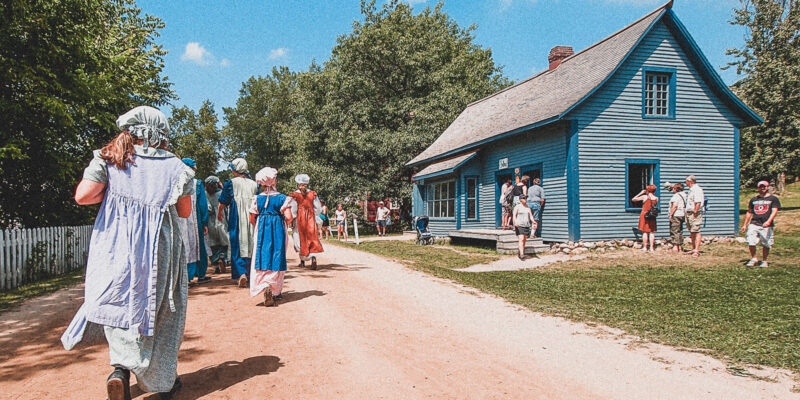
1983 à 1986
A VILLAGE GROWING IN POPULARITY
Given the growing popularity of the Village, the city of Drummondville redesigns some roadways and builds a tunnel under the Montplaisir Street to accommodate the crowds and ensure safer and easier access to the site. As for the Village, it modifies certain facilities to handle the increasing number of visitors. New parking areas are added to the existing ones, and a new ticket office of more than 8,000 square feet is built.
1999
FIRST NATION MEMBERS
The Tebokw’i Kisos camp, an Abenaki camp featuring an ancestral bivouac built in collaboration with Abenaki craftsmen, is created.
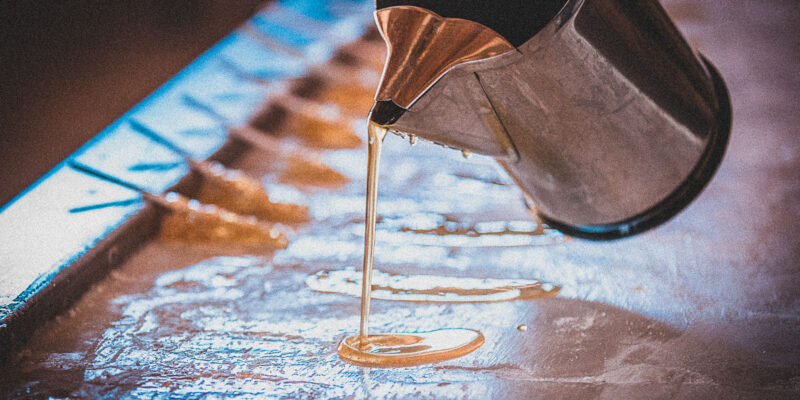
2001
A SWEET TRADITION
The Village sucré, a village dedicated to the traditions of the sugaring-off season, is created. Taffy on snow, hearty sugar shack-style meals, and traditional dances are all part of it.
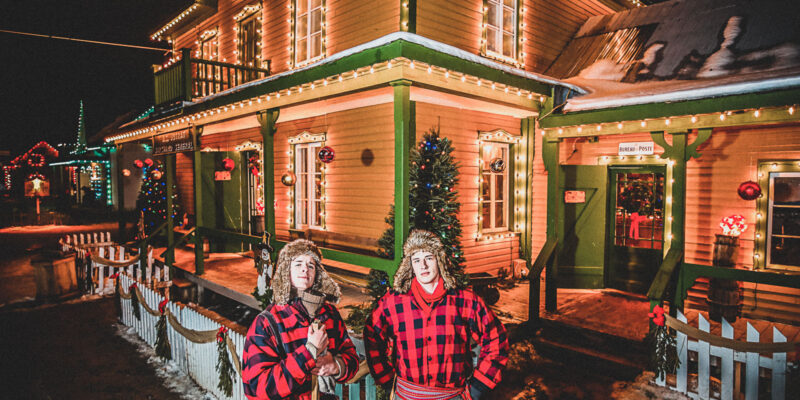
2002
A TWINKLING EVENING PROGRAM
The Village illuminé Desjardins—a joyful village filled with thousands of lights, activities, and entertainment that brings back the magic of old-time Christmases—is created.
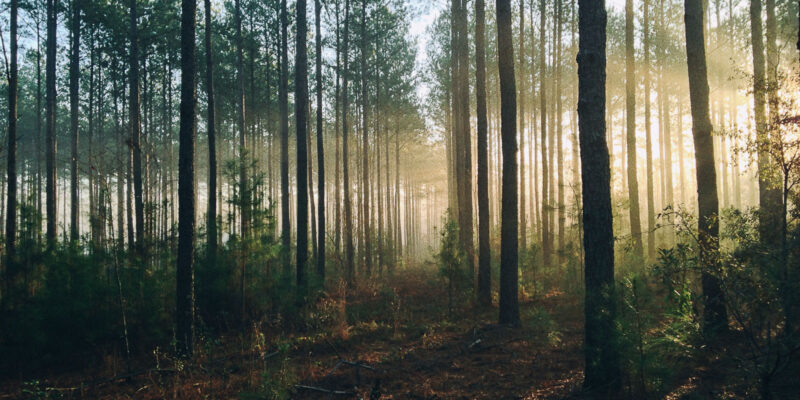
2007
A FANTASTIC FOREST
The Parc de l’imaginaire, a “legends of Quebec”–themed walking tour through the village forest, is created. Wearing headphones, visitors wander from station to station while listening to nineteenth- and twentieth-century tales and legends of Quebec.
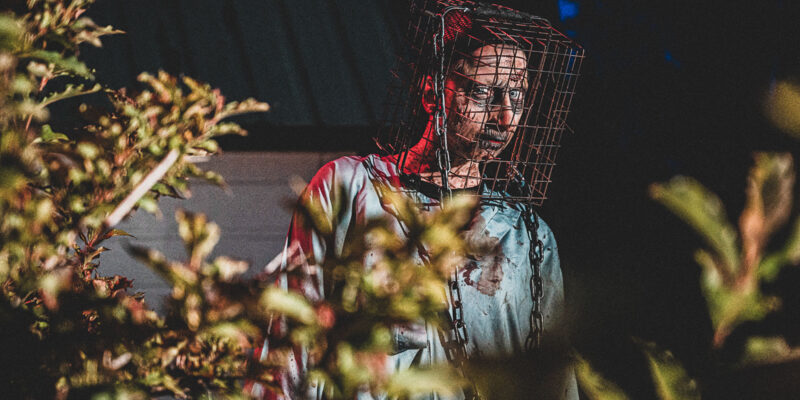
2008
A VILLAGE FROM BEYOND THE GRAVE
The Village hanté, a scary village that ranks as the number-one Halloween attraction in Quebec, is created. Haunted houses, terrifying creatures, gloomy streets—anything to make thrill seekers experience a night of horror!
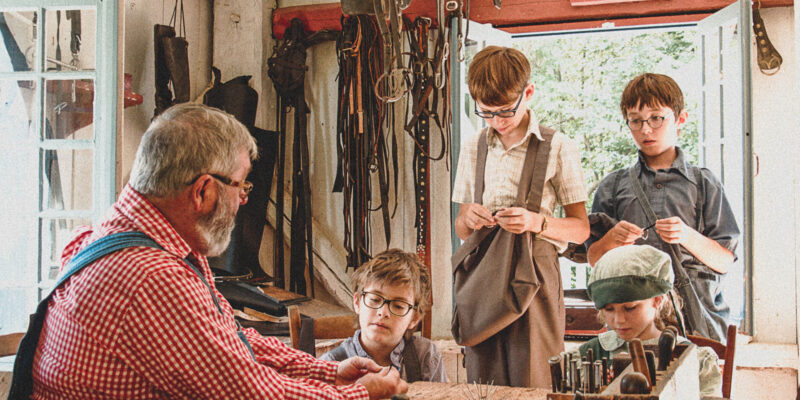
2019
A LONG-AWAITED RETURN
The Village brings back the Jeunes de jadis day and overnight summer camps. This experience for girls and boys alike allows children to learn about history in a fun way. Dressed in period clothing, they step into the past and experience their ancestors’ way of life. The camp, which initially accommodated about ten children in overnight stays, now welcomes nearly sixty, excluding the large number of children who attend the day camp. This number is likely to increase over time as the Jeunes de jadis camps continue to gain popularity.
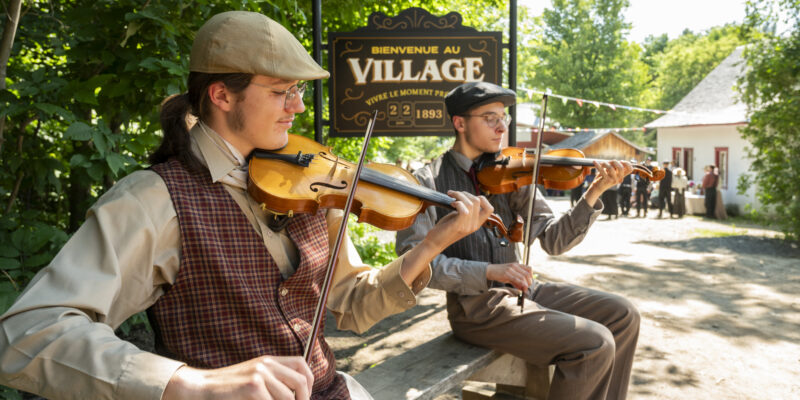
2023
A BRAND-NEW EXPERIENCE—STEP INTO HISTORY!
Through a $10.5 million investment and in line with its brand-new Step into the Past theme, the Village’s immersive experience is being fully upgraded. The addition of new buildings, the restoration of ancestral facilities, and the creation of new activities will allow visitors from all generations to embark on a true time-travel journey.
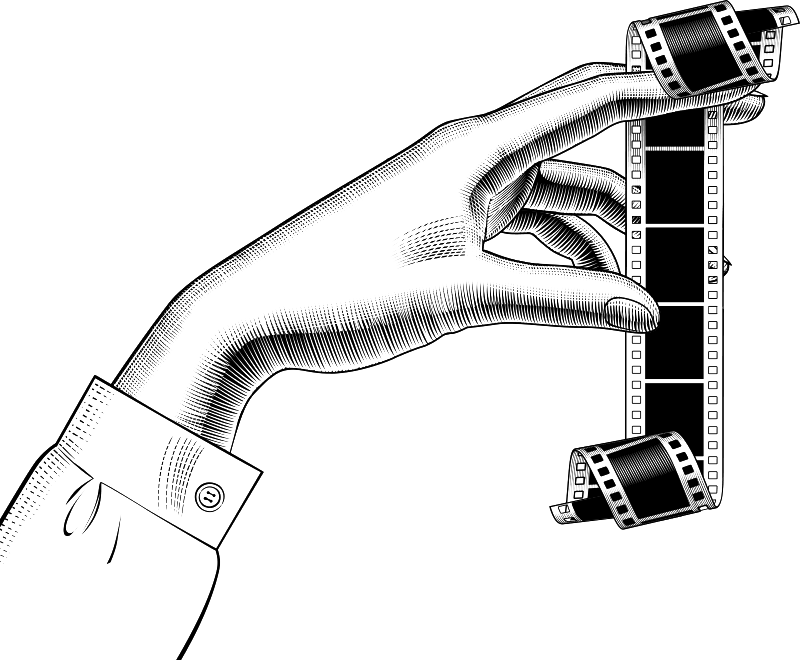
The Village on TV and on the big screen!
The Village has brought many television and movie universes to life over the years.
Movies
- La cordonnière 2021 (premiere, spring 2023)
- Pieds nus dans l’aube (2016)
- Aurore (l’enfant martyre, 2005)
- La vie de Henry Ford : Clift Robertson (1987)
- Barnum et Bailey : Burt Lancaster (1986)
- Noël d’antan with Nathalie Simard (1986)
Television shows
- Entre chien et loup (April 17, 1984–April 20, 1992)
- Les tisserands du pouvoir (Claude Fournier, 1988)
- Jālna (France antenne 2 and T.M.)
- Sir Wilfrid Laurier (Radio-Canada, three episodes, January 1987)
- Le peuplement du Québec (by Michel Audy, 1987)
- Many short films and TV shows, including four in 2022.